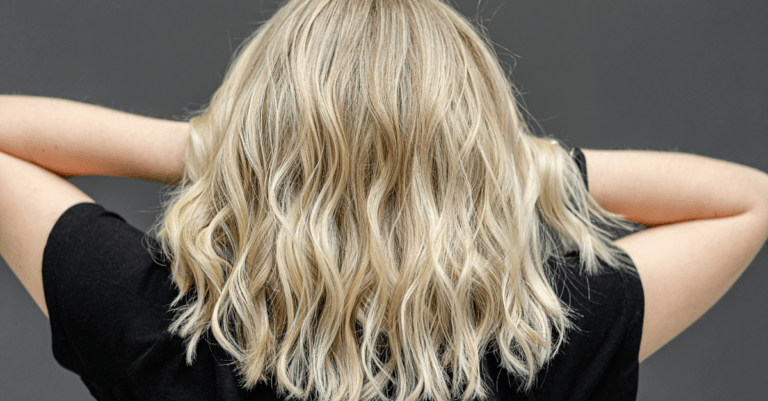It sounds like a joke, but it’s actually a legitimate question: How do you spell “blond”?
‘Blond’ Versus ‘Blonde’
The word originally came into English from Old French, where it has masculine and feminine forms. As an English noun, it kept those two forms; thus, a blond is a fair-haired male, and a blonde is a fair-haired female.
When you’re using the word as an adjective, “blond” is the more common spelling and can be used for men or women, especially in the United States; however, “blonde” can also be used to describe a woman with fair hair, as in “Go ask the blonde woman at table 2 if she wants pepper on her salad.”
A blond is a fair-haired male, and a blonde is a fair-haired female.
Is ‘Blonde’ Sexist?
Some people think it is sexist to use “blonde” to refer to women, but the AP stylebook currently says to maintain the distinction between the two gendered forms of the word if you use it, and The Chicago Manual of Style also seems to uphold the difference. It doesn’t say so explicitly, but it uses the E-form for women in some example sentences.
Still, it may be perceived as especially sexist when you refer to a woman simply as “a blonde” or “the blonde,” as in “The blonde got in line to check out a book.” Garner’s Modern English Usage says that for this reason, it’s usually best to avoid using “blonde” (and “blond”) as a stand-alone noun.
Inanimate Objects
Most of the time, inanimate objects are treated as male. For example, if you have a blond wooden dresser, “blond” is spelled without the E. A recent exception though is that Starbucks uses the feminine form for its blonde roast coffee. Maybe the marketing people believe we’ll love it more if we think of it as a woman or as female.
How to Use ‘Blond’ and ‘Blonde’
- 1. Avoid using “blond” as a stand-alone noun for men or women if you can easily rewrite your sentence or you think it may offend your readers.
- 2. If you do use the words as nouns, maintain the gender difference and use “blonde” for a woman and “blond” for a man.
- 3. Inanimate objects usually get the masculine form of the word.
- 4. When you’re using “blond” as an adjective, use the masculine spelling, without the E, especially if you’re in the United States.
‘Blond’ and ‘Blonde’ Examples
Here are four examples of how the different spellings are commonly used:
- The blonde was delighted when Squiggly presented her with a dictionary. (feminine noun, sometimes considered sexist)
- The blond wondered if he should use hair gel. (masculine noun, sometimes considered sexist)
- The blond man looked horrible in the orange sweater. (masculine adjective)
- Turn right at the blond brick pathway. (inanimate object, masculine adjective)
Other Gendered English Nouns
Although it’s rare to have gendered nouns in English, “blond” (and “blonde”) isn’t the only one.
Two that you may have seen before also come from French: “confidant” (and “confidante”) and “fiance” (and “fiancee”). The AP Stylebook says to uphold the gender difference for both words, unless you need a gender-neutral option for “fiancee,” and in that case, it recommends describing couples as engaged or planning to marry. The Chicago Manual of Style doesn’t address “fiancee” and notes the feminine form of “confidante” but says it’s fading from the English language.
You may also be familiar with this pair from Latin: “alumnus” and “alumna.” An “alumnus” is a male graduate, and an “alumna” is a female graduate. (Read more about “alumni.”)
And of course, English has many pairs of words we use to describe similar men and women, some of which are still in use, such as “king” and “queen,” and other pairs where one has fallen out of use, such as “editor” and “editrix.” (Read more about when to use gendered nouns.)
Note: Karen Conlin, @GramrgednAngel on Twitter, pointed out that “brunette” and “brunet” are another pair like “blonde” and “blond.”




